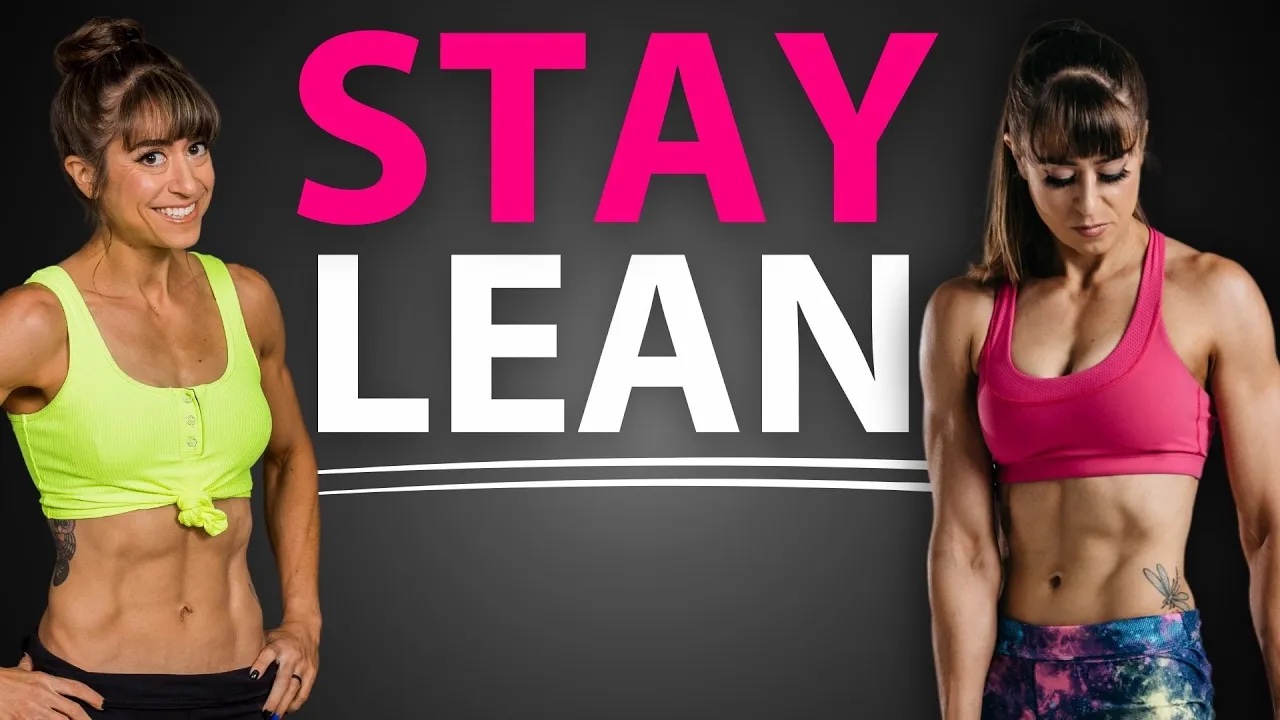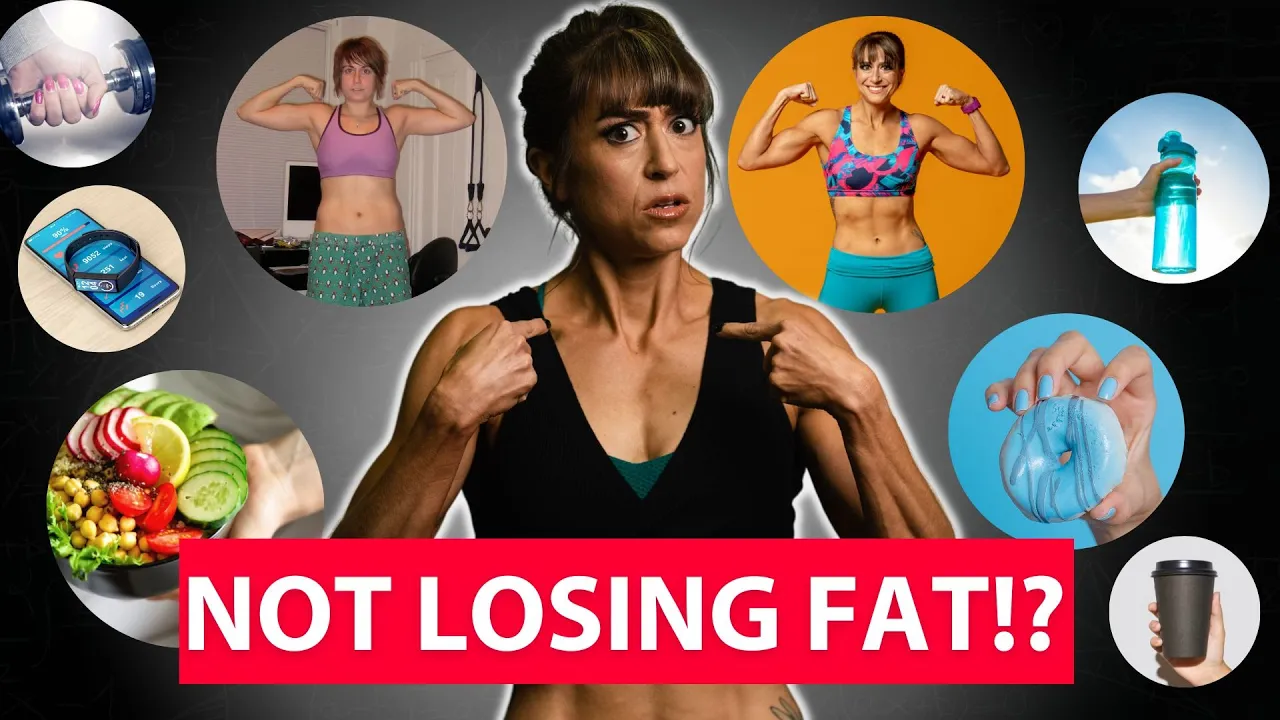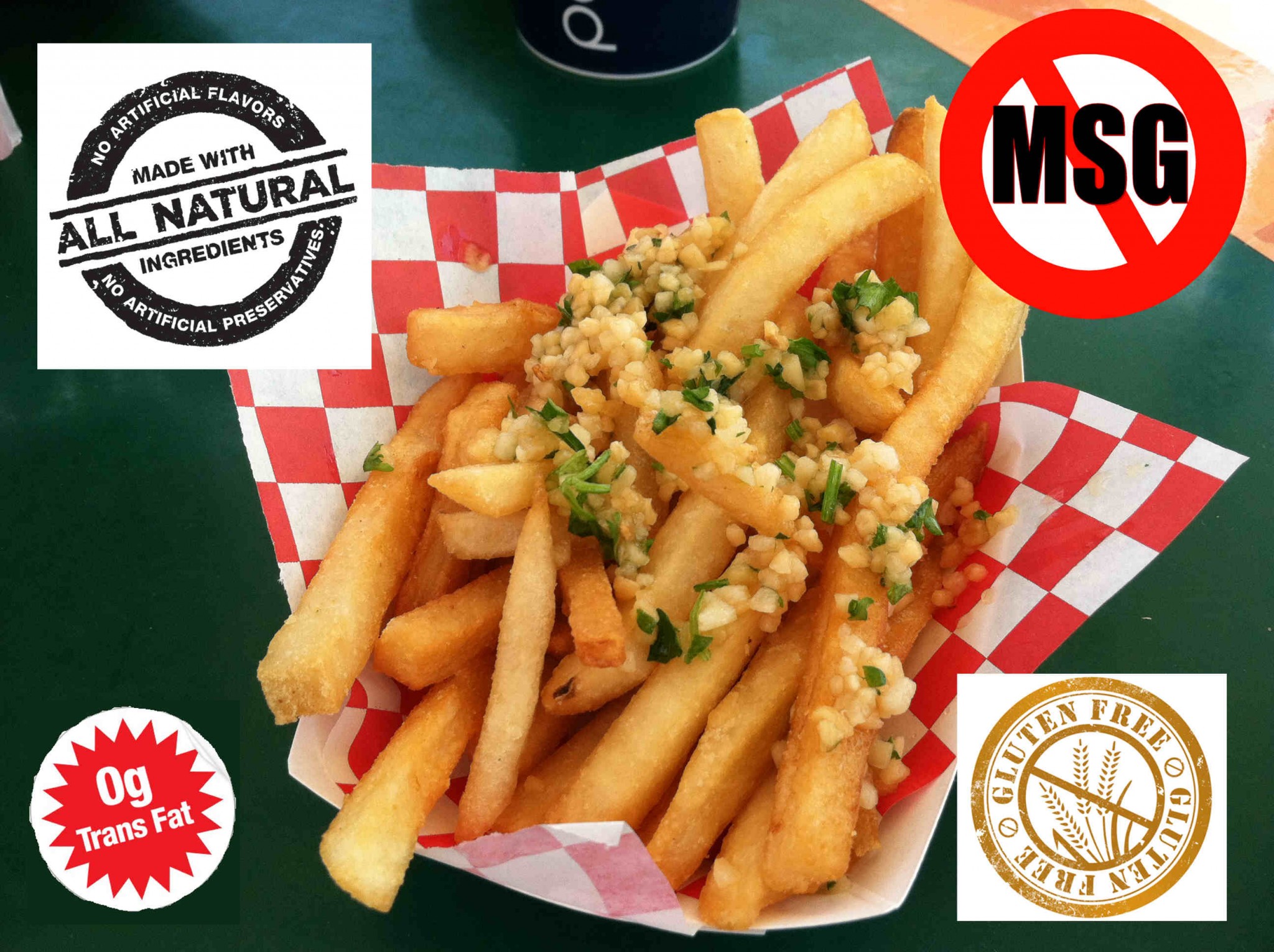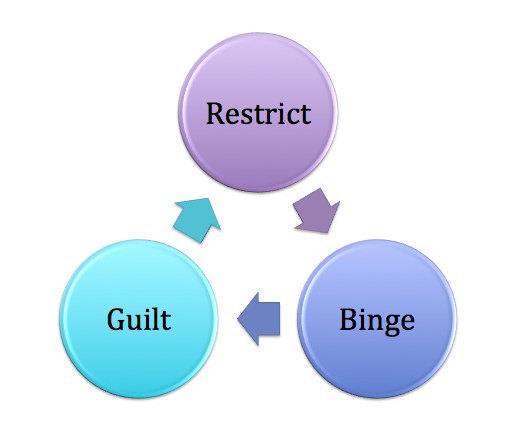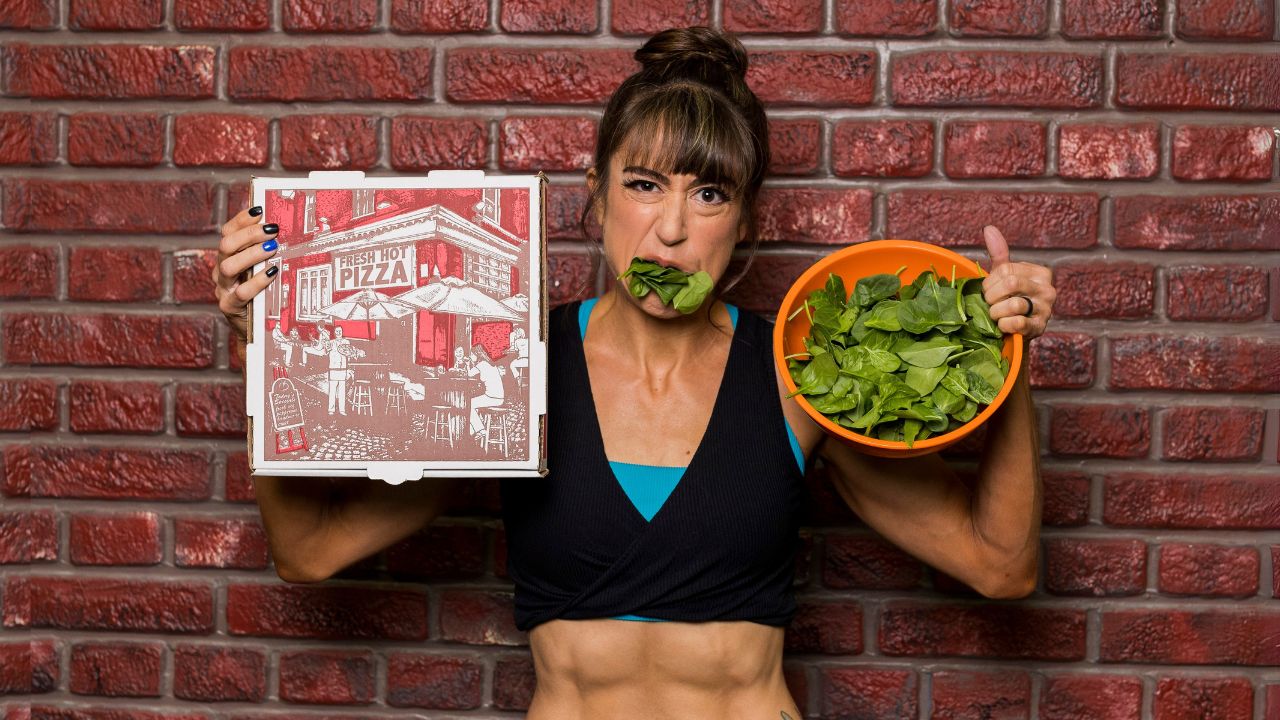
The Most Annoying Nutrition Tips ( 7 Things That Actually Work)
“It’s not my workouts. It’s my diet.”
I struggled to make the nutritional changes I needed to see the fat loss and muscle definition I wanted for the longest time.
I tried to out exercise my diet.
But you can’t. At least not for long.
And the more we try to, the more we sabotage our long-term success. Not to mention the more we make it harder and harder to lose the weight and stay lean as we get older.
So as much as we may try, there is no way around making changes to our diet if we want to see results.
That’s why I’m going to break down adjusting your diet into 7 steps to follow and follow IN ORDER to start.
These nutrition tips are going to be annoyingly simple and unsexy and things you probably don’t want to do.
You may even think you’re above them.
But guess what? You’re not.
No one is above the basics and too often we think we’re advanced and lose focus on them which is why we don’t see results.
So suck it up buttercup. Take things back to basics and embrace the changes.
What ultimately feels sustainable and like a lifestyle balance doesn’t always start out that way.
And these changes will help you lower that mental barrier against change to create habits you can actually be disciplined with and see results snowball!
But remember, nothing changes if nothing changes.

So step #1…Get to tracking.
I know some of you are about to click back because you don’t want to track.
You hate tracking.
It’s tedious. Boring and time consuming.
It’s restrictive.
But guess what?
Your desire to avoid this ESSENTIAL habit is why you’re stuck feeling like you’re working hard without seeing results ever build.
And the thing is…tracking isn’t restrictive…although I do agree…it’s not the most fun or exciting of habits.
What’s restrictive is how we’ve cut stuff out in the past when tracking. JUDGED our own diet.
That’s why when you first start tracking you’re not going to cut anything out.
You’re not going to restrict or judge.
You’re simply going to TRACK.
Because then you’ll know what your diet looks like.
You’ll see areas that could use improvement but also truly understand how you’re fueling and how that makes you feel.
Tracking is truly EYE OPENING.
Then based on what you’re during currently, you’ll make changes that match what YOU need.
Not changes based on some “perfect” figure competitors’ diets that are totally unrealistic for your lifestyle.
But changes that meet you where you’re at to move forward.
Tracking will help you make SMALL changes that build over sabotaging yourself by doing so much you ultimately fall off because the EFFORT doesn’t equal the OUTCOME.
Too often we try to out diet time and ultimately just make ourselves give up because results don’t happen faster or equal to the effort we feel we are putting in!
Then step 2….add 10 grams of protein to 3 meals.
When we “go on a diet,” we jump right to cutting things out, and often the things we cut out, are the things we truly love the most.
But we’re not going on a diet with these steps.
We’re ADJUSTING our diet.
Which is why we want to focus on nutrition by addition.
This not only helps us feel more successful with the changes to want to do more, but it lowers our mental resistance against making harder changes as we go.
So first, add in about 10 grams of protein to 3 meals.
And if you’re like “10 grams?! What does that look like?”
It can be two eggs at breakfast with your toast. Or ½ cup of greek yogurt added to your oatmeal.
At lunch it could be adding another ounce of chicken breast on your salad. Or 2 tbsp of nutritional yeast used as seasoning on your current protein source.
It could be ⅓ cup of cottage cheese with ranch seasoning blended into a dip instead of ranch dressing for carrots as a snack.
It could be a serving or 85 grams of edamame added to your stir fry at dinner…Or a cup of bone broth swapped in to your soup or stew.
The key is SMALL changes to meals you already enjoy.
These small changes add up to a 30 gram boost over the day and helps us build our protein to between 30-35% of our calories for the day, which will help us lose fat as we retain lean muscle.
This protein increase can also help us feel fuller and more fueled to see better results from our training.
This ADDITION too of protein can even help us start to create a calorie deficit without technically adjusting calories.
Because protein has a higher thermic effect, requiring our body to expend more calories to digest and use it.
So while we’re adding, we’re also adjusting our calories in a way to start losing fat!
Step 3…Fiber swap.
The health of our gut has a huge impact on our fat loss results.
And fiber is key to our gut health.
It feeds and maintains our gut microbiome, which has beneficial effects on metabolic health, such as improved glucose and insulin levels.
Not to mention it helps keep us feeling fuller as we create that small calorie deficit.
So your next step, is to swap a food at 2 meals for something higher in fiber than what you’re eating currently to help you boost your fiber intake by 5-10 grams to start per day.
This helps us adjust our food quality with a focus on adding over restricting or cutting out.
It empowers us to make healthier choices but in a way we don’t have to first jump to eliminating things we love and want to include.
And these changes can be super small and as simple as swapping lentil pasta for white pasta.
Quinoa for white rice.
It could be using raspberries or blackberries over bananas in your oatmeal.
It could be a whole grain bread over a white bread for your sandwich.
Or adding in chia seeds to your greek yogurt dessert or breakfast smoothie.
It could be cutting your portion of potatoes at dinner to add a small side of broccoli.
But it doesn’t have to mean us not still including the foods we love or recipes. It can just mean small adjustments in how we make those dishes or the exact portions we consume!
Step 4…Drink more water.
Proper hydration is essential as we increase protein and focus on fiber.
If we’re dehydrated we won’t see fat loss happen as fast as we’d like not to mention we can find ourselves actually feeling hungry when we aren’t.
Drinking at least 50% of your bodyweight (weighing in pounds) in ounces of water can help increase your metabolism and make sure you’re not suffering from cravings.
If you’re nowhere near this intake now after tracking it for a few days, focus on one habit shift you can make to get in an extra few ounces or two.
As a person that struggles to drink water at times, I’ve helped myself improve the habit by putting out a water bottle the night before by the coffee maker to remind me to drink as I get ready for the day!
I also find that infusing water or having Ultima always on hand and in my backpack, I have more of a desire to drink the water because it tastes good.
Ultima and things like Cucumbers or Oranges infused into your water can help you boost your electrolyte intake and improve your hydration as well!
Focus on increasing your water intake by connecting drinking water to even a routine you’re already doing and by even getting a fun water bottle you have out so you’re constantly having that visual reminder!
Step 5…Swap out ONE food that’s not serving your goals.
As you’re making these changes and seeing the daily implementation of these habits building, you want to push out of that comfort zone just a bit more to get results building a bit faster.
Swap out something that you know isn’t serving your goals to help you cut calories by 50-100 from your daily intake, increase your protein, and improve your food quality and micronutrient diversity.
This doesn’t mean jump to the food you love the most even if it isn’t the healthiest.
But it does mean pick something you won’t miss as much to swap it out or adjust the portion.
And start with ONE meal or food.
You want to focus on something that will start to create that small calorie deficit off of what you were doing when you just started tracking your natural diet.
So take a look though at your daily food intake.
What packs a bigger calorie punch? What’s a large portion you could cut back on?
And no you can’t say your protein source.
Although this COULD be a chance to swap in lower fat cuts of meat, moving from chicken thigh to chicken breast or 85% lean ground beef to 96%….
Also note healthy but calorie dense foods that you’re consuming over the day.
Things like nuts, while healthy, can pack a real calorie punch and may not be the best option for us as we are looking to lose fat. They are easy to overeat.
So swapping out nuts as a snack for a greek yogurt dip and veggies can help us lower our calories, increase protein and even feel fuller because we’re including a great food volume over the day.
Adjusting even things like your pasta dish from a full cup to ¾ cup of pasta while adding in veggies or another ounce of protein.
These little swaps can keep pushing us to create the balance we need, increasing protein and creating that small calorie deficit needed for fat loss.
But with this, more is NOT better!
Don’t get cut crazy and start eliminating more than 100 calories a day to start.
Eating too little can backfire and sabotage not only our adherence to the plan, which is so often why we feel like dietary changes aren’t sustainable or possible, but also result in us losing muscle, creating metabolic adaptations and not getting more muscle definition!
Start swapping things you know may not be ideal or adjusting portions to further prioritize protein and reduce your calorie intake by just 50-100 per day.
Step 6…Keep tweaking!
As you see progress build, keep adjusting and making improvements, going back through steps 2-5 to improve.
Where can you increase protein?
Where could you try adjusting carbs of fat to see how each macro impacts you?
Could you improve your hydration?
Even start to assess other aspects of your diet including your meal timing.
Focus on changes that even feel doable on the worst of worst days as you build.
And KEEP TRACKING.
Also own when your LIFESTYLE has changed.
What you do at one time of year when you’re motivated may not be the habits you need at another.
Allowing an ebb and flow to how you do the habits, focusing on even one of these steps more or less at times can be key.
At times we may be more motivated to really focus on those whole natural foods. At another, we may try to find ways to work in more foods we love because that is the only way we will stay consistent.
But we want to keep tracking and adjusting to meet ourselves where we are at.
Which brings me to Step 7…Don’t Excuse 1%.
Too often as we make changes and see results snowball, we get complacent. We start to self sabotage by excusing inconsistencies and deviations.
Or our priorities shift and we don’t use Step 6 to fully OWN them and adjust.
But there is nothing that can sabotage us more than saying, “Well I’m being good enough.”
Because often when we say that…we aren’t.
We’re ignoring all the little deviations that add up and slowly take us off course.
Instead keep focusing on tracking EVERYTHING to find a balance…
Track the good, the bad and the ugly.
This helps us avoid letting negative judgements creep in and truly helps us keep building.
It’s an acknowledgement of what is going on so we can see why our results are what they are.
Because so often we feel like we’re still working super hard with habits while things actually slide and this leads to us being frustrated when results don’t add up.
So don’t excuse deviations and keep tracking as you progress toward your goals.
Use these 7 steps to help yourself see the fat loss you deserve. And even spend a week really focused on each one before adding.
While this may feel painfully slow, it is key to creating that discipline and success mindset that makes us keep wanting to do more and feeling disciplined with the changes!
Because fat loss results and muscle definition happen from the daily habits we CONSISTENTLY do!
Success is never owned. It’s rented. And rent is due every single day!
Dial in your diet to match your workouts and build your leanest, strongest body ever with my Metabolic Shred…
–> LEARN MORE


